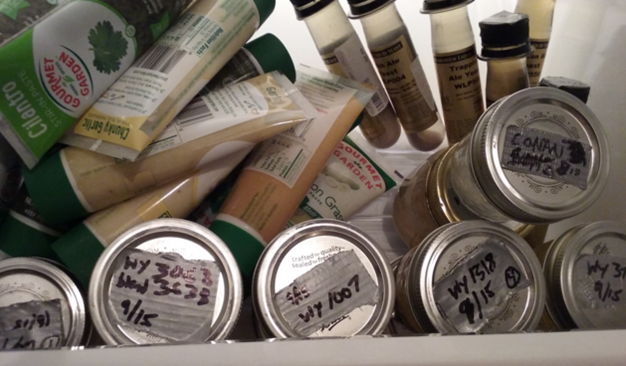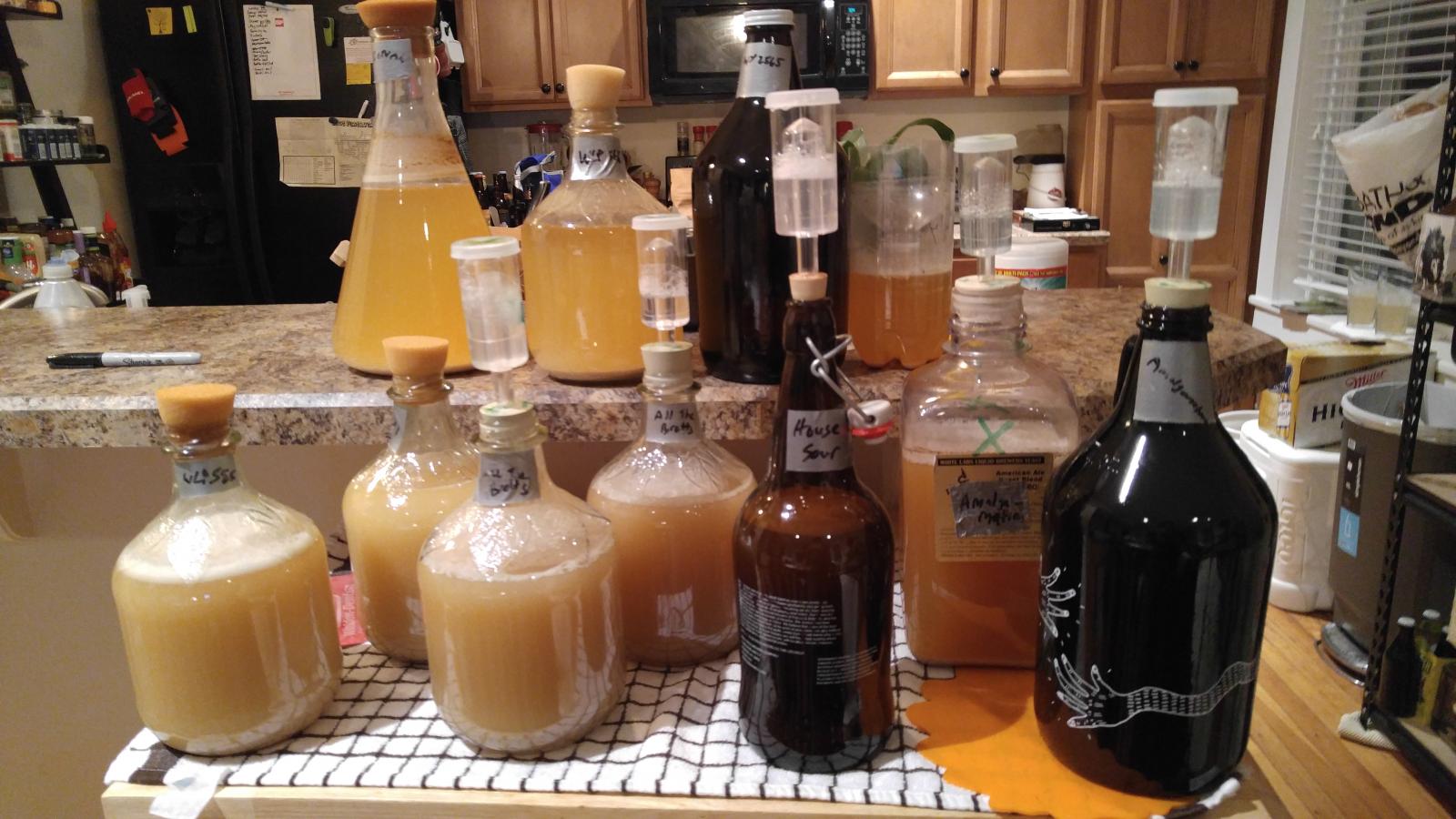Morrey
Well-Known Member
I have read about harvesting yeast, but the results seem mixed. As a novice home beer maker, I feel positive results with each batch is necessary to keep me from feeling defeated. If I do each brewing step exact including proper sanitation, it all seems to work out. Balancing the scales, I am deciding if its more important to save dollars and harvest yeast potentially risking a bad brew, or figure exactly how foolproof harvesting actually is. Again, the results seem mixed....unless you have lots more experience than I have at this point.
I'll call a novice a brewer with 10 batches or less under their belt. Has any novice (like me) out there tried to harvest yeast with the results being the same in the beer as yeast that was bought fresh?
I'll call a novice a brewer with 10 batches or less under their belt. Has any novice (like me) out there tried to harvest yeast with the results being the same in the beer as yeast that was bought fresh?































![Craft A Brew - Safale BE-256 Yeast - Fermentis - Belgian Ale Dry Yeast - For Belgian & Strong Ales - Ingredients for Home Brewing - Beer Making Supplies - [3 Pack]](https://m.media-amazon.com/images/I/51bcKEwQmWL._SL500_.jpg)



























